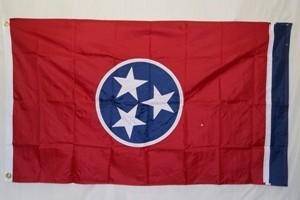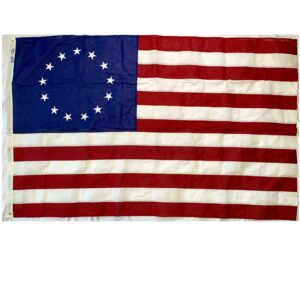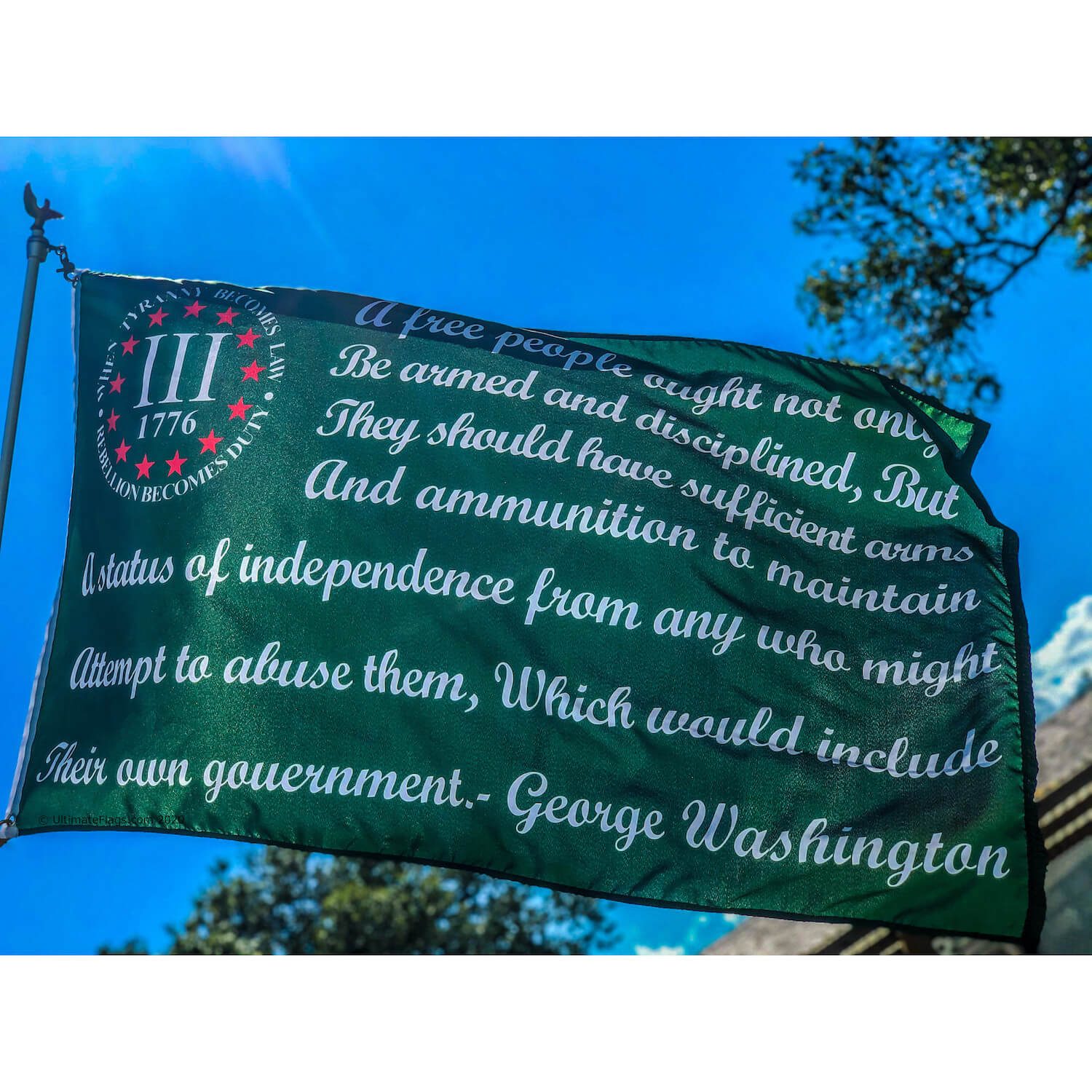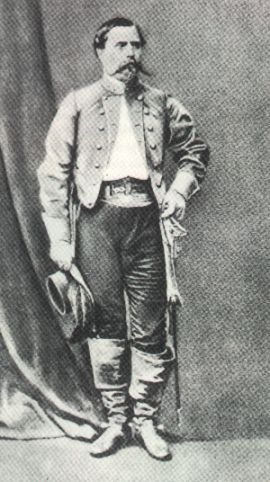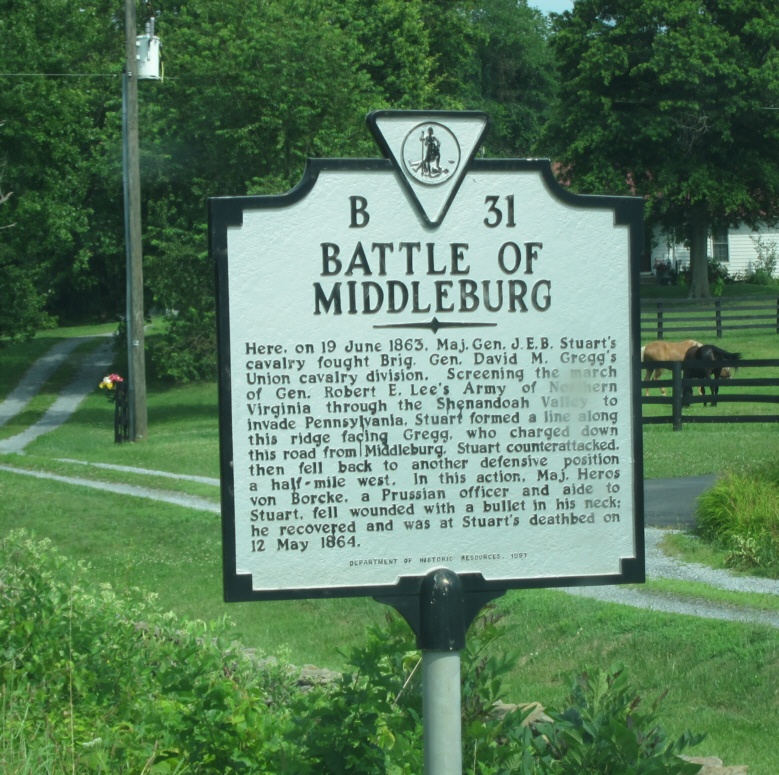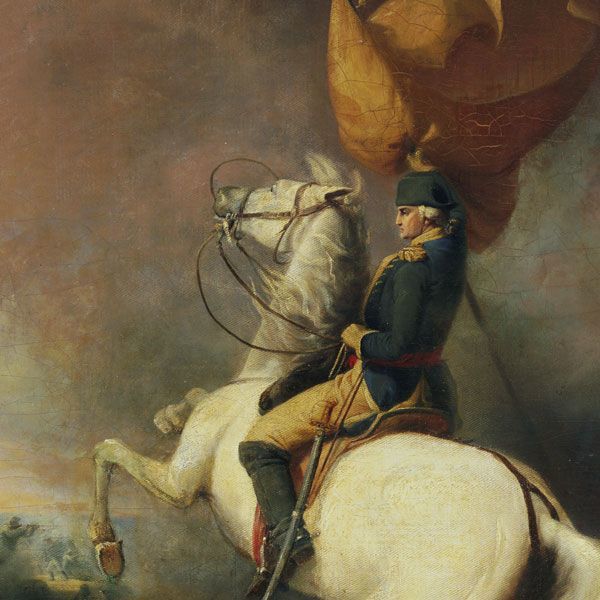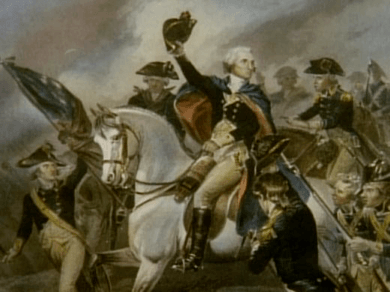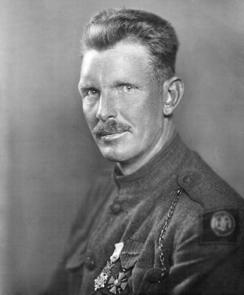
Sergeant Alvin York is one of America’s most famous soldiers. Son of a blacksmith, York was raised on a small farm in Tennessee. In his own words:
 “I used to drink a lot of moonshine. I used to gamble my wages away week after week. I used to stay out late at night. I had a powerful lot of fist fights….”
“I used to drink a lot of moonshine. I used to gamble my wages away week after week. I used to stay out late at night. I had a powerful lot of fist fights….”
But one day,
“I promised my mother that night I would never drink again; I would never smoke or chew again; I would never gamble again; I would never cuss or fight again. And I have never drunk any whiskey, I have never touched cards, I have never smoked or chewed, and I have never fought or rough-housed since that night.”
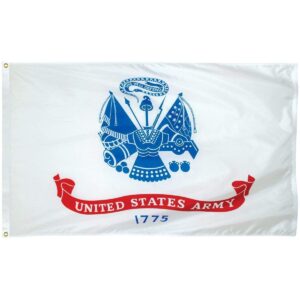 Then came World War I. York went to France, landing with the U.S. Army 82nd Division in May 1918.
Then came World War I. York went to France, landing with the U.S. Army 82nd Division in May 1918.
Five months later he and 17 other men had just captured some enemy soldiers when they came under heavy fire.
According to York,
“There were about 30 of them. They were commanding us from a hillside less than 30 yards away. They couldn’t miss. And they didn’t!”
Nine Americans went down:
He continued:
“Those machine guns were spitting fire and cutting down the undergrowth all around me something awful…. I didn’t have time to dodge behind a tree or dive into the brush…. As soon as the machine guns opened fire on me, I began to exchange shots with them…”
“All the time I kept yelling at them to come down. I didn’t want to kill any more than I had to. But it was they or I. And I was giving them the best I had.”
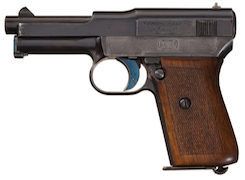 Suddenly six of the enemy jumped out of their trench and charged York. He pulled out an old automatic pistol and started firing:
Suddenly six of the enemy jumped out of their trench and charged York. He pulled out an old automatic pistol and started firing:
“I touched off the sixth man first, then the fifth, then the fourth, then the third, and so on. I wanted them to keep coming. I didn’t want the rear ones to see me touching off the front ones. I was afraid they would drop down and pump a volley into me.”
No western movie has better displayed “cool under fire.” One of the captured soldiers, a major, had seen enough. He spoke English, telling York, “If you don’t shoot any more I’ll make them surrender.” And he did.
That was how eight Americans found themselves with 80 prisoners. They started making their way back through enemy lines, encountering more enemy soldiers on the way. York had the major order them to surrender, and all but one did:
“I made the major order him to surrender twice. But he wouldn’t. And I had to touch him off. I hated to do it. But I couldn’t afford to take any chances and so I had to let him have it.”
By the time York and his seven men reached American lines they had 132 prisoners. The Army inspected the battlefield later, and the official report said York’s account was accurate, but also said,
“York’s statement tends to underestimate the desperate odds which he overcame.”
York was promoted to sergeant and awarded the Medal of Honor. The government made a lot of fuss about it, but York wrote in his diary that he
“…wanted to get back to my people where I belonged, and the little old mother and the little mountain girl who were waiting.” And so he did.
Thank you for your service Sergeant. May we all be as brave and courageous as you and your men when the time comes.
Brought to you by: Ultimate Flags Thanks for reading! Please share with your fellow patriots on social media.
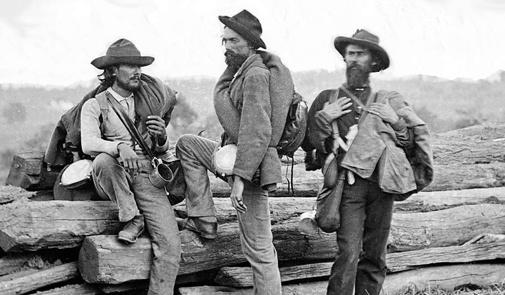


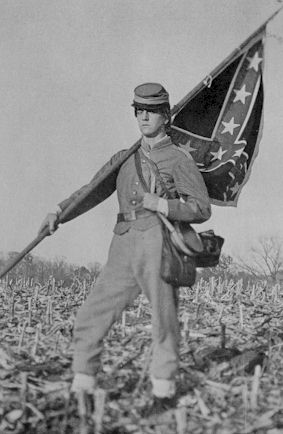
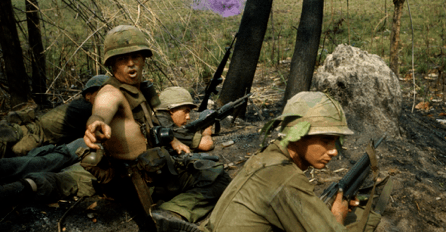
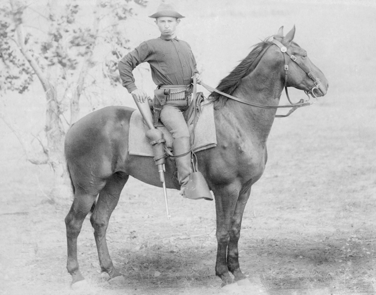
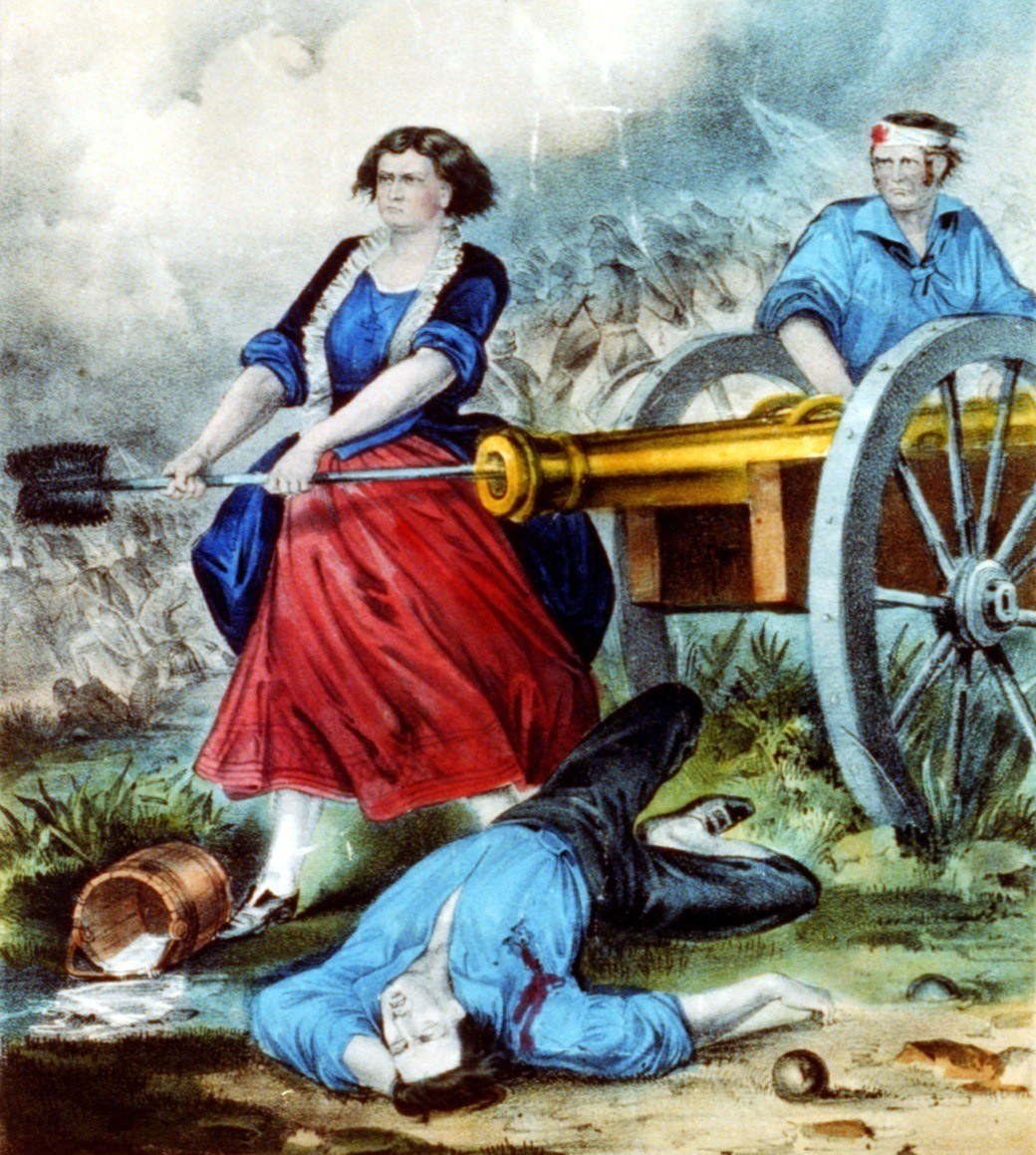
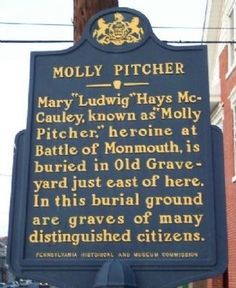
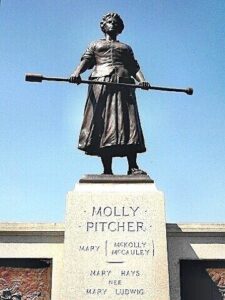
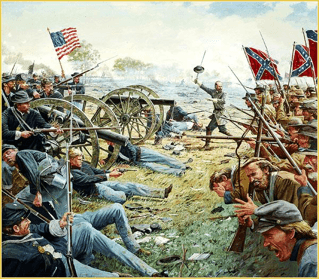
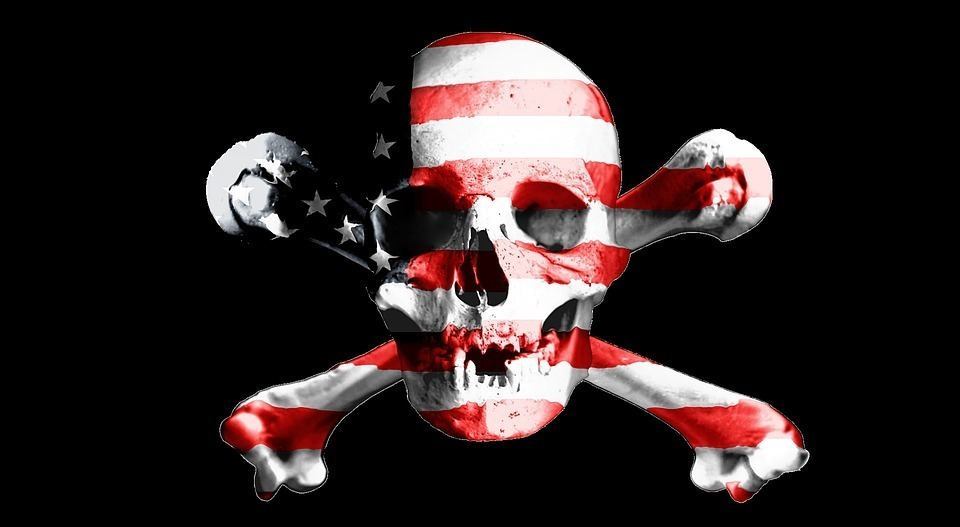
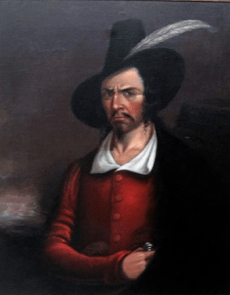
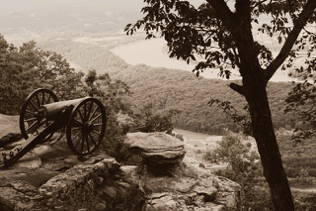

 “I used to drink a lot of moonshine. I used to gamble my wages away week after week. I used to stay out late at night. I had a powerful lot of fist fights….”
“I used to drink a lot of moonshine. I used to gamble my wages away week after week. I used to stay out late at night. I had a powerful lot of fist fights….”
 Suddenly six of the enemy jumped out of their trench and charged York. He pulled out an old automatic pistol and started firing:
Suddenly six of the enemy jumped out of their trench and charged York. He pulled out an old automatic pistol and started firing: